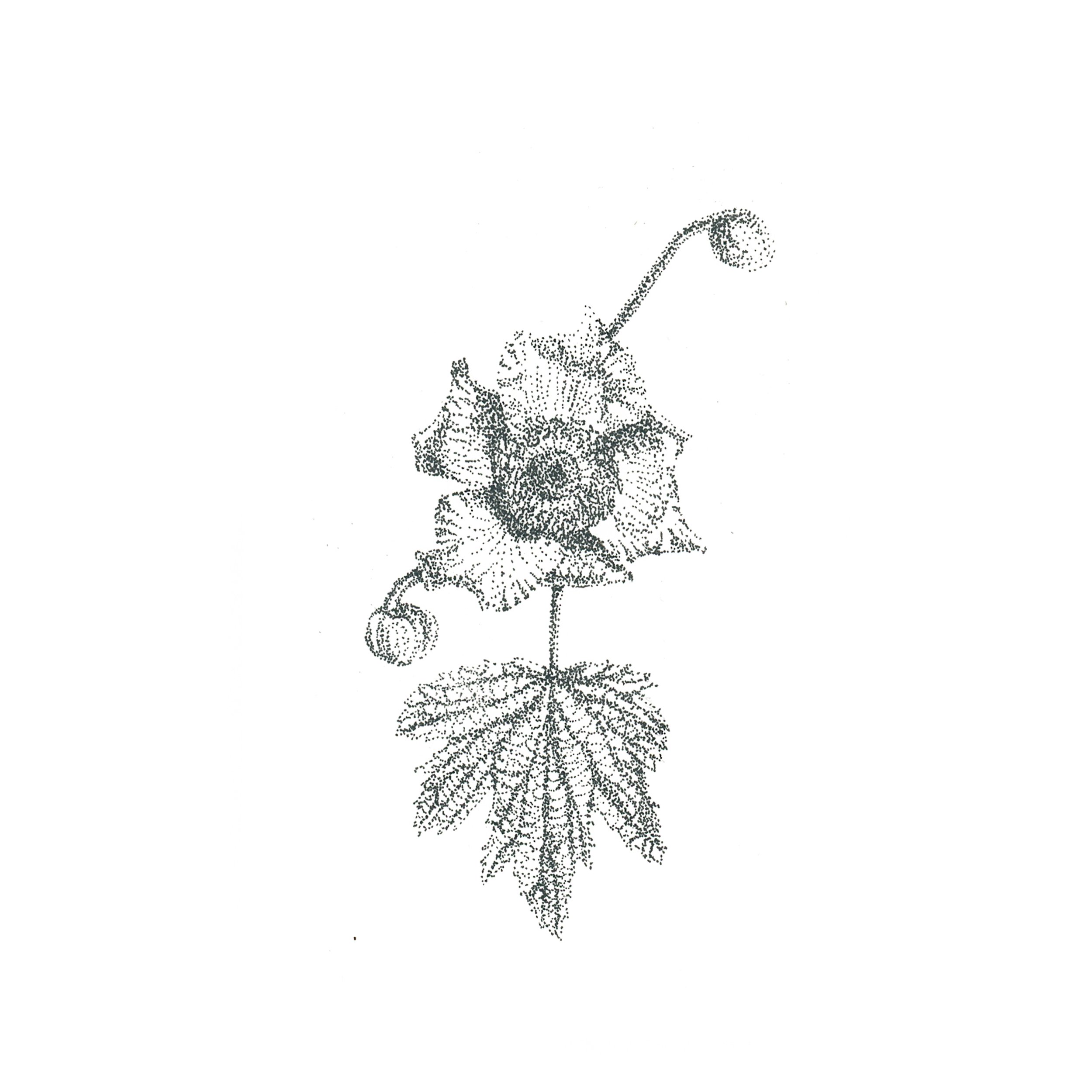Japanese Anemone
‘Japanese Anemone’
Anemone hupehensis
Ink on paper
15 x 11 cm
2024
£50
Anemone hupehensis originated in China, the Hupeh Province, and after being cultivated for medicinal purposes, became wild in China and Japan before being introduced into Europe in the 19th century. It became known as the Japanese anemone when the plant explorer Robert Fortune found the plant in a Shanghai graveyard and brought it to England. In Japan, it is known as the ‘wind flower’ or ‘thunder flower’ and is considered a good luck symbol and protection from evil spirits.
‘Japanese Anemone’
Anemone hupehensis
Ink on paper
15 x 11 cm
2024
£50
Anemone hupehensis originated in China, the Hupeh Province, and after being cultivated for medicinal purposes, became wild in China and Japan before being introduced into Europe in the 19th century. It became known as the Japanese anemone when the plant explorer Robert Fortune found the plant in a Shanghai graveyard and brought it to England. In Japan, it is known as the ‘wind flower’ or ‘thunder flower’ and is considered a good luck symbol and protection from evil spirits.
‘Japanese Anemone’
Anemone hupehensis
Ink on paper
15 x 11 cm
2024
£50
Anemone hupehensis originated in China, the Hupeh Province, and after being cultivated for medicinal purposes, became wild in China and Japan before being introduced into Europe in the 19th century. It became known as the Japanese anemone when the plant explorer Robert Fortune found the plant in a Shanghai graveyard and brought it to England. In Japan, it is known as the ‘wind flower’ or ‘thunder flower’ and is considered a good luck symbol and protection from evil spirits.
Original Artwork on display in the exhibition will be available for collection or delivered after the end of the exhibition in early January 2025 when the venue re-opens after Christmas. Prints are available immediately for collection or delivery.
All original artworks are accompanied by a Certificate of Authenticity.
*All the frames used for the exhibition are sourced second hand to have as little impact as possible and contribute to the artist's sustainable practices. The accompanying frame is included in the price of the artwork but easy to remove and reframe if desired.

